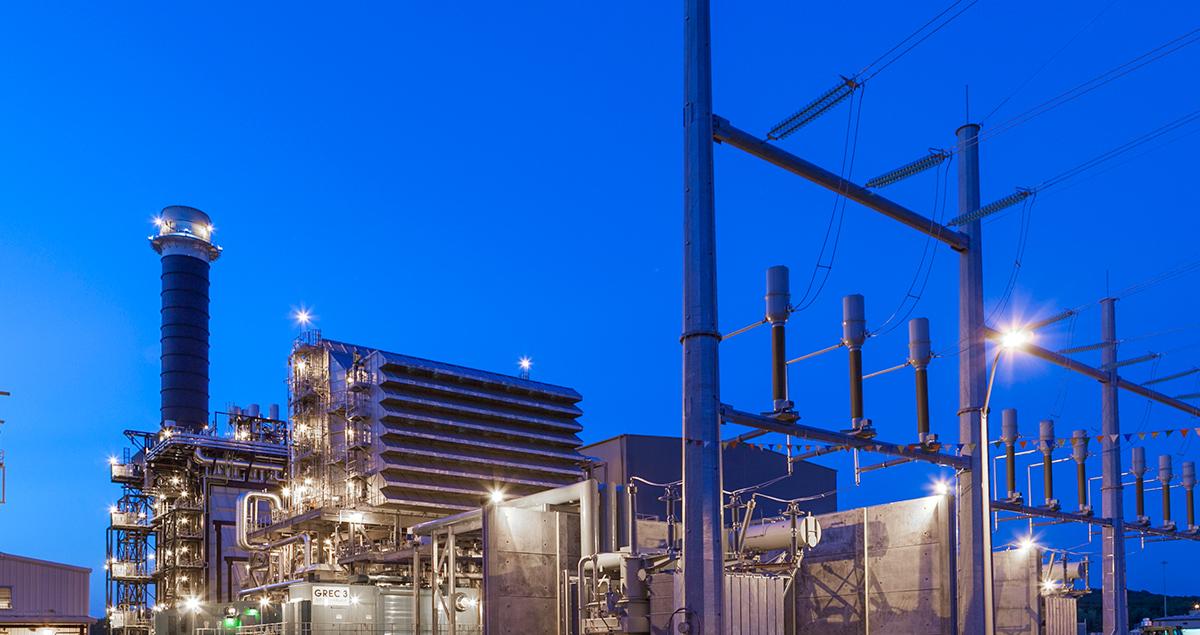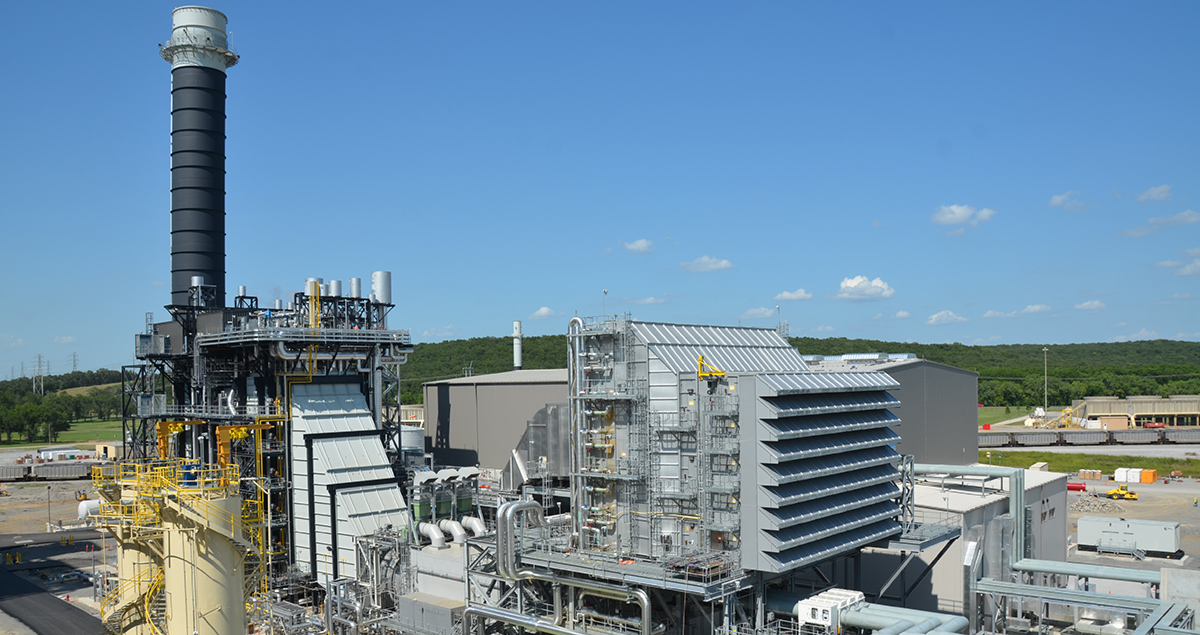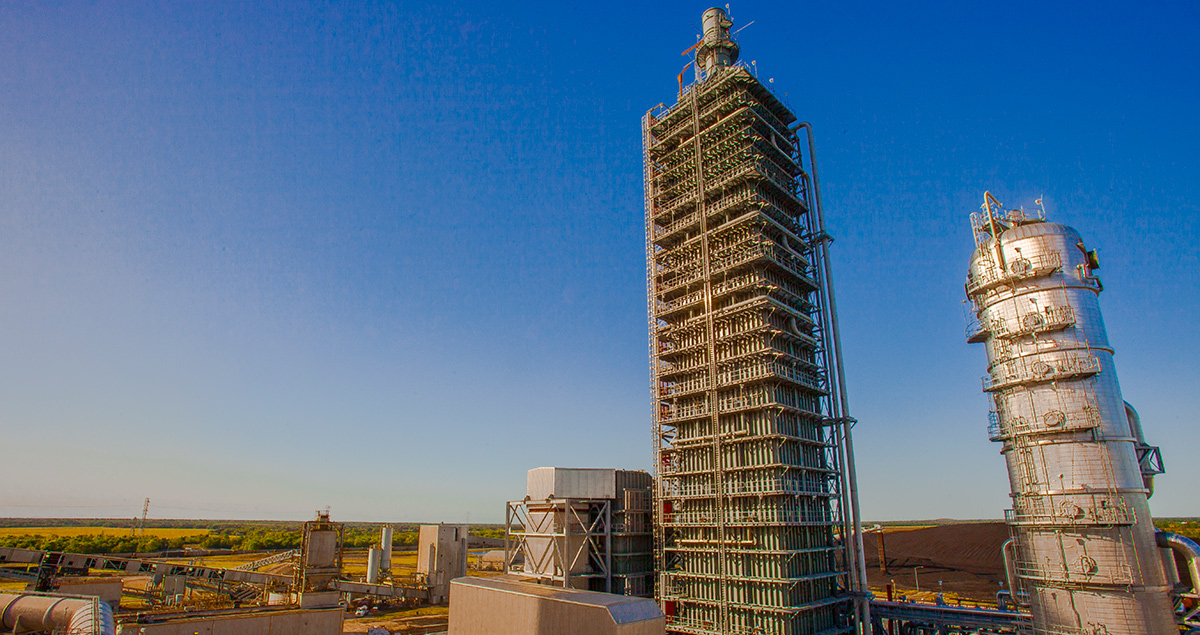Making power generation greener

The use of renewable energy is rising rapidly around the world, but we still depend on fossil fuels. And the reality is, we'll continue to depend on them long in to the future.
While renewables are a vital part of the answer, they are not an answer in themselves. We also need to work on reducing the environmental impact of fossil fuels.
Emission-reducing technologies in power generation are already making a significant impact. In fact, as the latest update of the Carnegie Mellon Power Index shows, in the United States, energy-related carbon emissions have reduced by nearly 30% since 2005.
Reducing emissions
As worldwide coal use flattens in the coming decades, natural gas will overtake it globally as a key energy source by 2040.
In developed economies, increasingly stringent emission standards have already pushed power investments away from coal and towards renewable energy and natural gas plants.
CO2 emissions from natural gas plants are typically more than one-third lower than those from coal-fired power plants. Additionally, nitrous oxide emissions can be cut by about four-fifths, and sulfur oxide (SO2) emissions and particulates in the air we breathe can be reduced to about a tenth each compared to coal.
Since 2000, 80% of new electricity generation capacity in the US has been from natural gas. And more than 80% of natural gas-fired generation in the US comes from power plants using Combined Cycle Gas Turbines, or CCGTs.
CCGTs are the most efficient and least polluting way to generate electricity from natural gas. Gas is first burned in a combustion turbine and the exhaust heat is used to drive a steam turbine.
Historically, most gas-fired power plants have run on a simple cycle of either burning natural gas in a boiler to raise steam for a steam turbine or burning it directly in a gas turbine.
Both methods fail to take advantage of the exhaust heat that is generated. However, CCGTs recover much of this waste heat to generate more electricity.
The result is that CCGTs can typically deliver between 50-60% efficiency -- i.e. convert 50-60% of the energy used in the generation process into electricity -- compared to 33% typical efficiency for a simple cycle power plant.
Mitsubishi Hitachi Power Systems was among the first to break the 60% efficiency barrier for CCGTs. Today its J-series air-cooled gas turbine, the M501JAC, is the most efficient CCGT on the planet, able to achieve an efficiency of more than 64%.
This not only reduces the amount of natural gas consumed to make each kilowatt of electricity, it also cuts carbon emissions. Using hydrogen in CCGTs, either as part of the fuel mix or on its own, promises even greater reductions in CO2.
Meeting demand
Although natural gas is overtaking coal as an energy source in developed economies, coal will continue to play a central role in meeting the growing energy demands of emerging markets -- especially in regions like South East Asia and some parts of Europe, where there are limited natural gas resources but an abundance of coal.
But while coal has traditionally been a major source of emissions, including mercury, and nitrogen oxide and sulphur dioxide -- which cause acid rain -- many countries have regulated against the levels in which they can be emitted by coal plants.
This in turn has given rise to technologies and techniques that can reduce the levels of these gases in emissions, such as flue-gas desulfurization, known as FGD.
MHI Group has been providing industry-leading FGD and air quality control systems technology for more than half a century.
FGD removes SO2 from the exhaust gas emitted by the flues of boilers, furnaces, and other sources. Mitsubishi Hitachi Power Systems' wet limestone-gypsum FGD process and seawater FGD process can both treat a large range of SO2.
The retrofitting of existing coal plants with this technology, to bring them in line with emissions standards, became commonplace across the US and Europe during the last decade.

Carbon Capture
Carbon Capture, Utilization and Storage, or CCUS, technology reduces the amount of harmful emissions from coal-fired plants still further. At the start of 2017, the world's largest CCUS power plant became fully operational, using MHI Group's technology.
CO2 is captured by cooling down the coal plant's flue gas, which substantially reduces energy consumption compared to that of older power plants. The captured CO2 is piped to an oilfield and pumped underground, forcing out hard-to-reach oil in a method called Enhanced Oil Recovery. The CO2 subsequently remains in the ground.
The International Energy Agency says that CCUS could reduce global carbon dioxide emissions by 19%, while fighting climate change could cost 70% more without it. Further efforts to reduce emissions include the development of synthetic fuels and use of natural biomass resources, such as methanol.
Initiatives such as the US government's tax incentives for CCUS should help speed investments in the technology.

Until a scalable and efficient way of storing the electricity from intermittent renewables like wind and solar can be found and commercialized, fossil fuels will continue to be needed to both supply electricity when the sun doesn't shine or the wind doesn't blow, and to provide a stable baseload.
So it is vital that we ensure the fossil fuels we need in the meantime are used in the cleanest, most efficient way possible.
We already have the capability to make dramatic improvements to traditional fuel usage. By continuing these critical investments, we will ensure that the fuels we rely upon become cleaner and more efficient.





